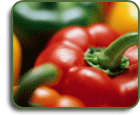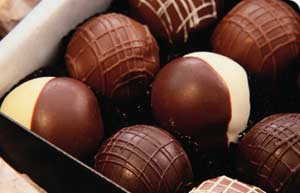Traveling With Diabetes
By Jeremy Parker
Have Diabetes? You can still go on cruises, family vacations, and world travel! You only need to make a little extra effort to prepare for any emergency so that you have a safe and pleasant vacation.
You blood sugar levels can go haywire with a sudden change in physical activity. Hence, before going on a vacation, consult your doctor as well as your medical support team regarding making a change in insulin doses and prescribing extra insulin.
Follow these tips and make way for a pleasant vacation.
Tips for Vacationing With Diabetes
Pack your supplies in superfluous amount and in several bags.
In case you are flying, carry the extra supplies in your carry on bag or purse.
Wear your medical alert bracelet and keep in handy other important medical information.
Let your family members and friends know the route you are taking.
Reserve your seat in crowded restaurants in advance to avoid long waits.
If possible, get nutritional information on the food served by the restaurants.
Always carry a fruit, or diabetic snack bar, juices, and water with you. It helps in emergencies.
Keep all the diabetic supplies together in a bag, so that when the need arises, you can reach them at one go.
Check your blood sugar levels frequently, at least six times a day, when away from home.
Be prepared for a shift in your blood sugar levels. It is bound to happen due to excitement, heat, and a change in your daily schedule.
You should also be prepared for dehydration, which may occur due to heat.
Consume at least 64 ounces or more of water every day in case you are more active or visiting a pool or beach.
While visiting a water park or theme park, pack your insulin and other diabetic supplies in a waterproof bag to prevent damage. Also take care not to expose the supplies to direct sunlight and do not let them freeze.
Use ice packs to keep your insulin chilled.
Keep superfluous test strips and testing meters handy.
Benefits Of Insulin Pump
The insulin pump is one of the biggest breakthroughs in the field of diabetes research. It gives you the choice of going on vacations and cruises without any worry of administering insulin injections from time to time. The insulin pump is more preferred for diabetic children. With the advancement of new technology, these insulin pumps are bound to get even better for the diabetics.
So, just relax and start packing your bags along with your full diabetic supplies. Tell your family members and friends about your trip schedule and inform them in case there is a change in the plans. Happy holidaying!
For more information and resources on type 1 and type 2 diabetes, Gestational diabetes, symptoms, diet and diabetic resources on the internet visit Jeremy Parker's complete reference guide on Diabetes.
Article Source: http://EzineArticles.com/?expert=Jeremy_Parker








